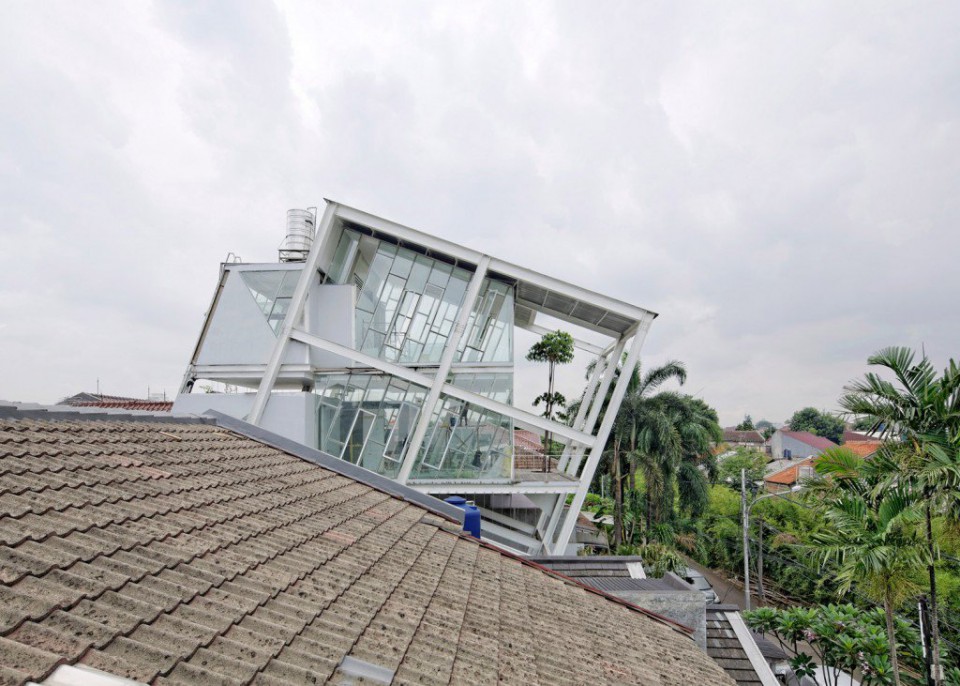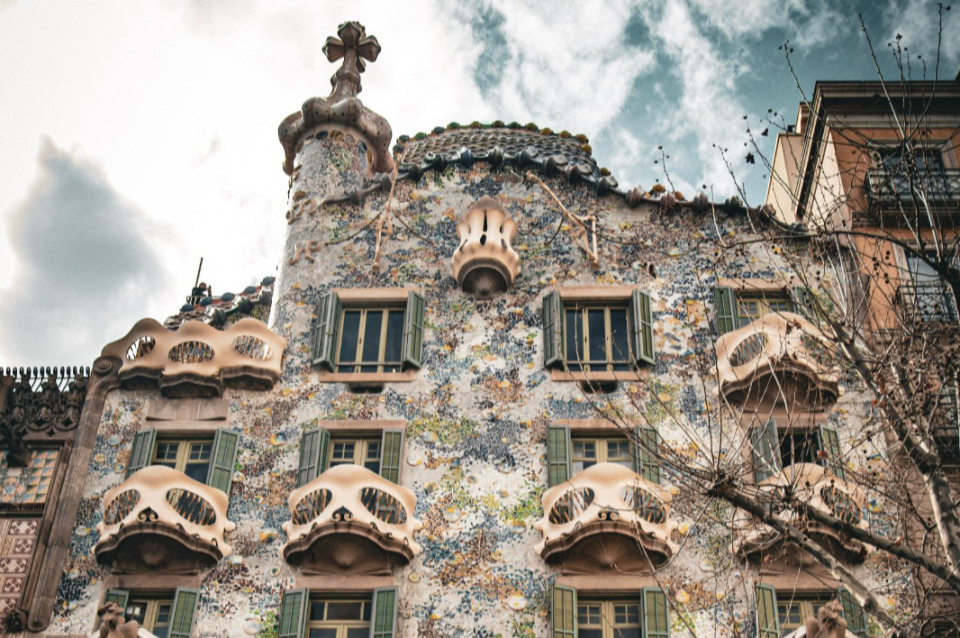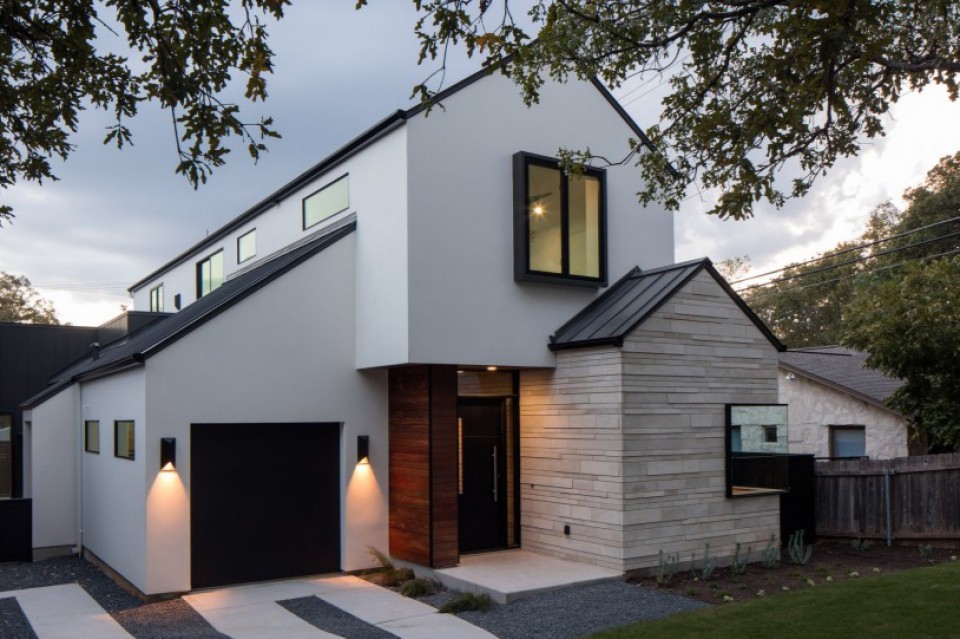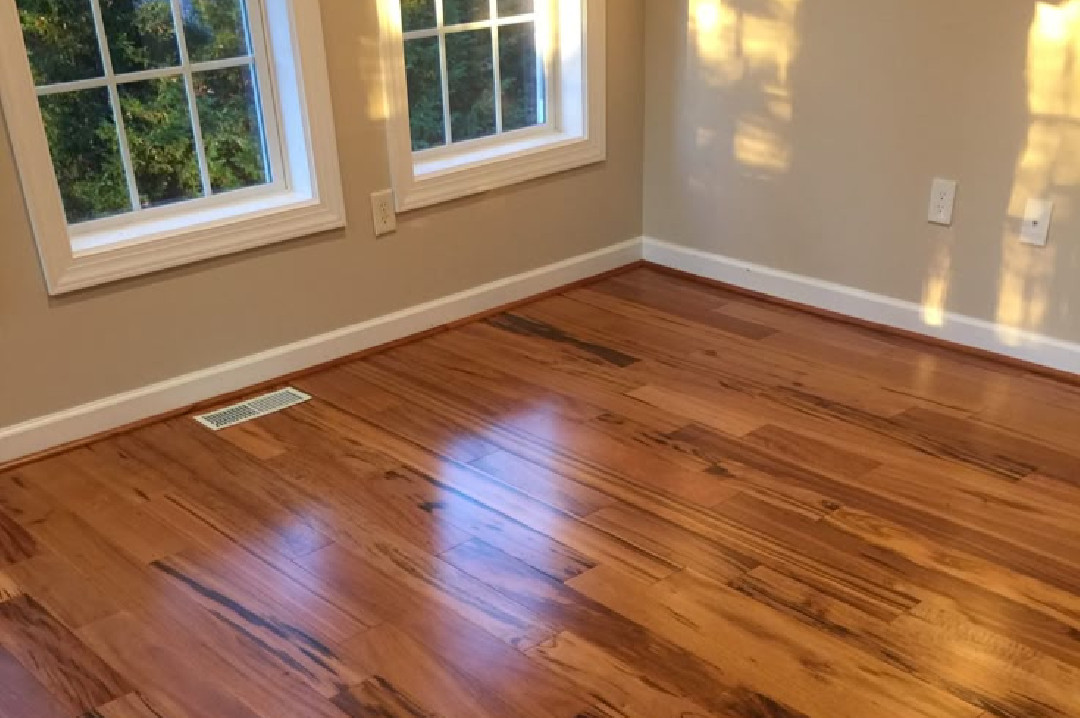Smart Home: A Simple Environmentally Friendly House with Timber Wood Materials

The Smart Home, designed by Green Sheep Collective, is located in Seddon, Australia. This house underwent renovation and expansion to create two single bedrooms with Victorian timber décor in the building. Of course, it is called a "smart" home for a reason. Its design facilitates various aspects such as social, health, environmental concerns, and principles of an eco-friendly home with a medium size and affordability.
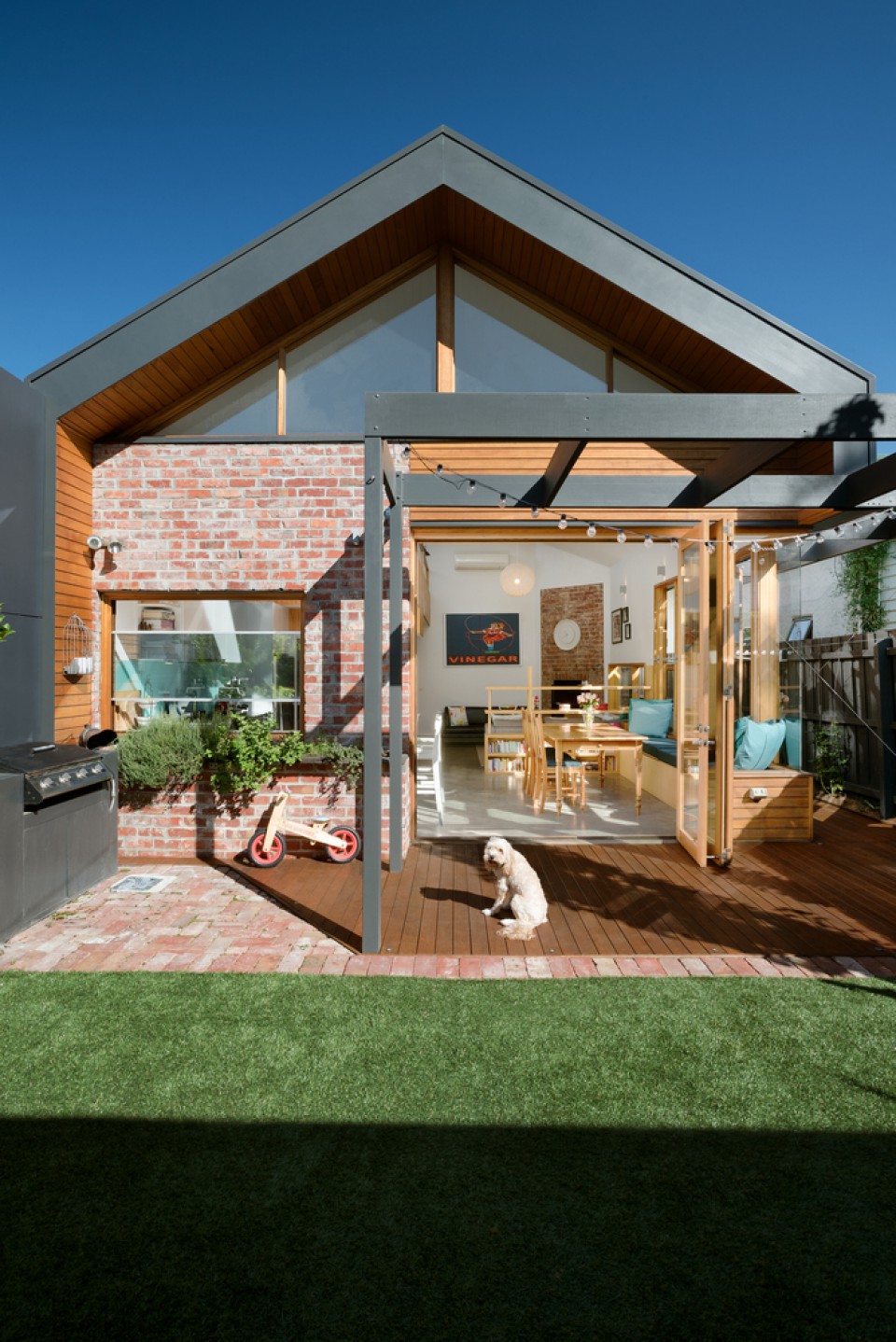
The architects revealed that they aimed to create an eye-catching and affordable home. It was essential for them to create a sustainable design that could be accessible and affordable to the Australian population. The construction of this house cost around $2,300 per square meter. The architects believe that this is a good outcome for designing a sustainable home environment.
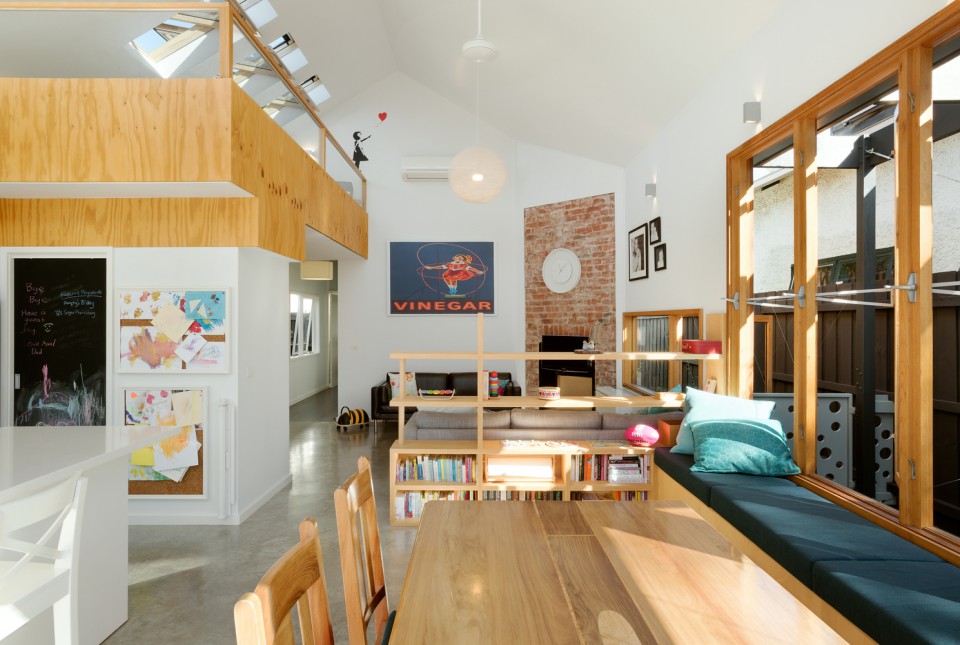
Every design and construction of a building has an impact on its surroundings. Every development affects the conditions in Australia. Therefore, this house was designed with the addition of 20% indoor space utilization to the existing building, which amounts to 13 square meters. One of the indoor space additions chosen by the architects is the mezzanine rather than building a second floor.
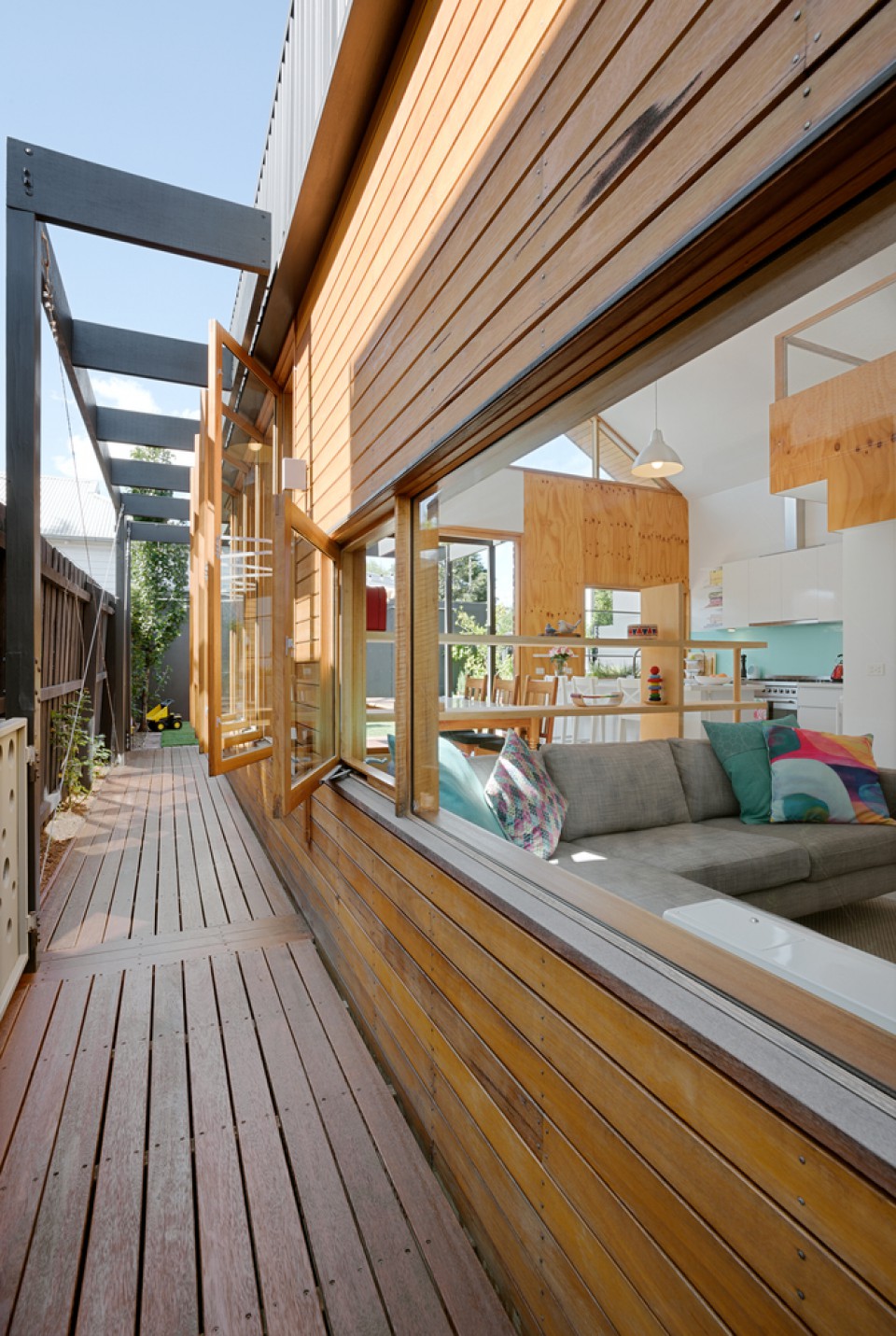
For the landscape area of this house, nearly 50% of it is open space. This was done to enhance the comfort and well-being of the occupants. Additionally, it pays attention to the surrounding ecosystem in this urban environment.
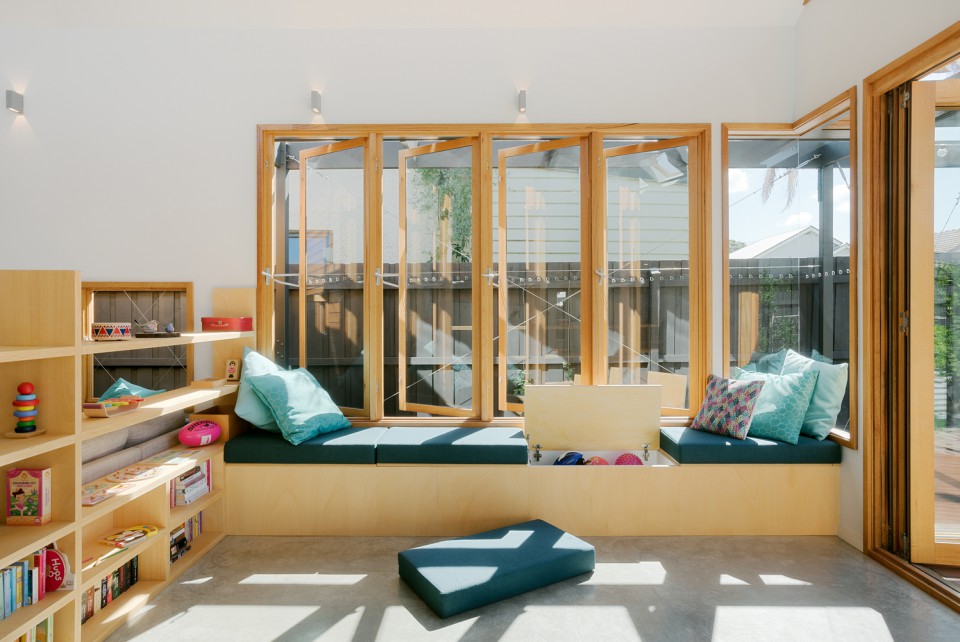
The homeowners also requested that the house be thermally comfortable and have a good environment. This project, of course, encountered several challenges in achieving a sustainable design. Challenges or constraints for this house included limited sunlight, poor building orientation, and a 7.5-meter block that was built close to the boundary.
The existing house was dark and experienced leaks, and the rear of the house was shrinking. This shrinking area needed to be demolished and a new design made to connect it to the renovated existing house to improve its thermal comfort.
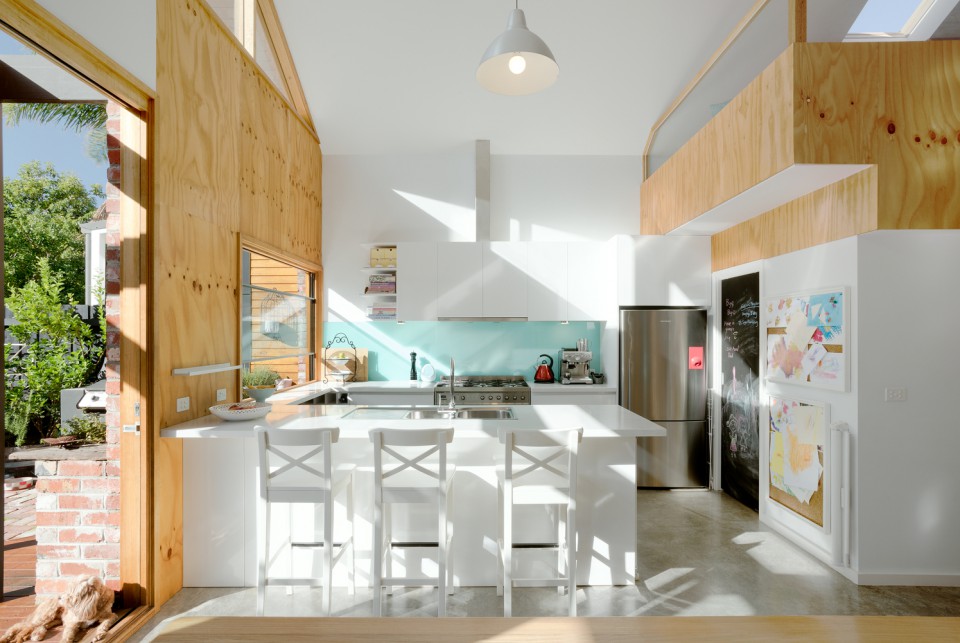
The homeowners did not understand the factors that affect building a second floor in terms of space, cost, and the environment. To remain on the sustainable path, the architects designed the mezzanine space instead of raising the house to two stories. The design is beautiful and minimizes wasted space by arranging the floor layout so that no space is wasted. In this house, the ground floor is designed for open family space, dining room, kitchen, and large glass openings to the outdoor deck.
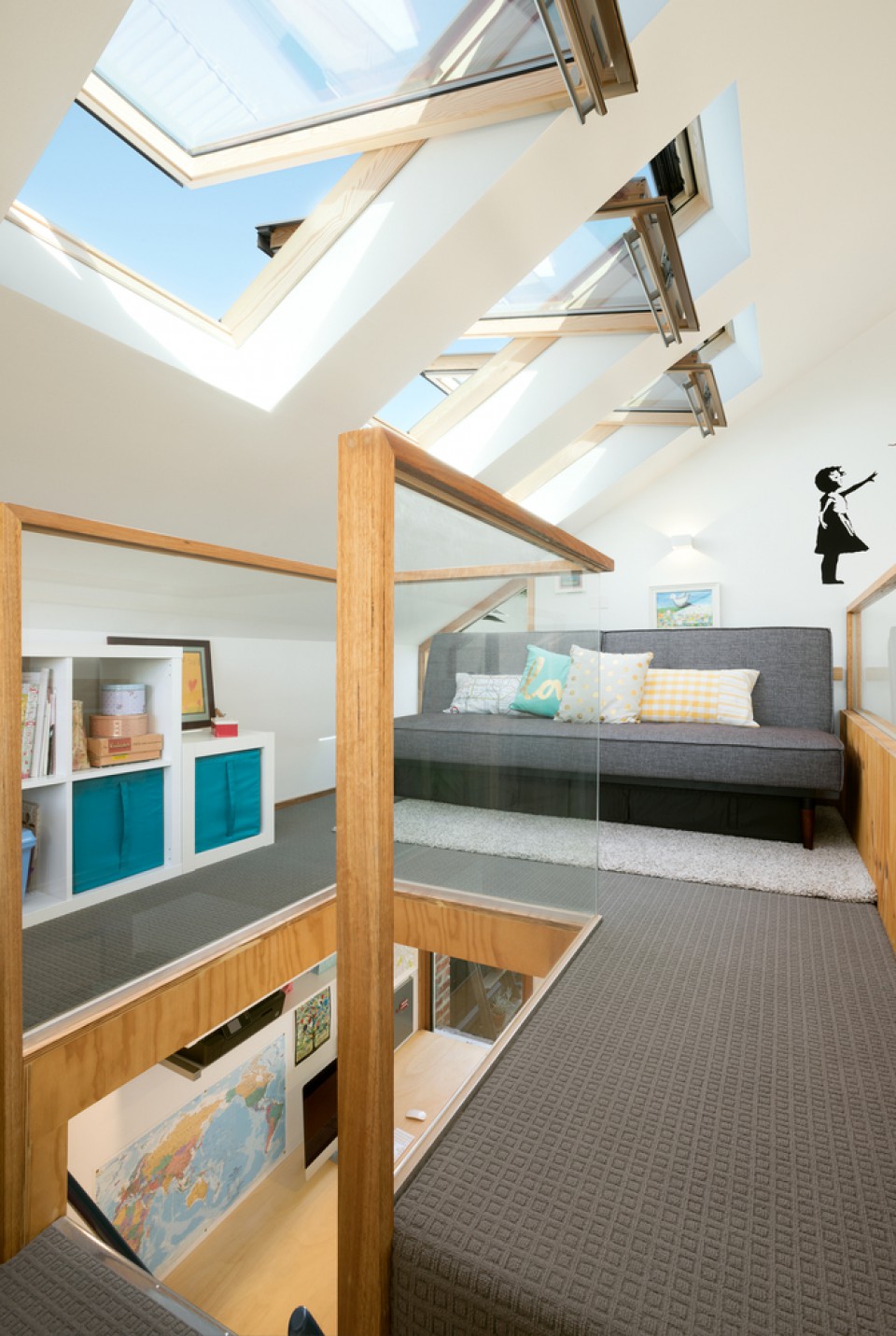
The mezzanine area is designed right above the kitchen and study area with a sloping roof as its ceiling, which naturally has window openings that provide lighting and thermal influence on the building. These openings also serve as air circulation areas, allowing for cross-ventilation. The mezzanine area is used as a relaxation area inside the house.
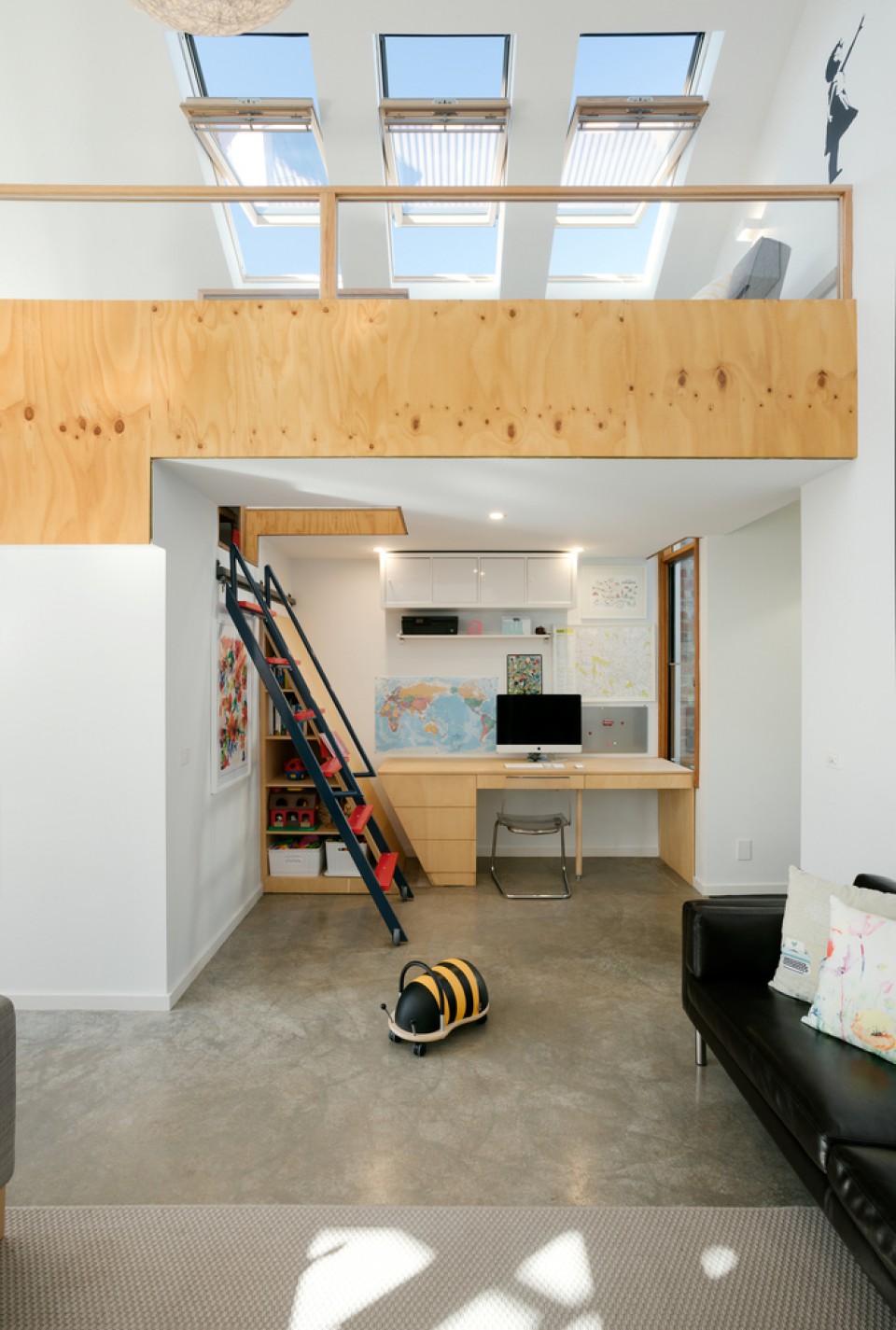
To access the mezzanine area, the clients can pass through a staircase integrated with a bookshelf in the study. The staircase and shelf are also flexible and can be moved to a corner of the room.
The house is also equipped with planter boxes placed outside the windows, bringing the garden closer to the interior of the house. An herb garden is also located near the kitchen window for cooking purposes. This smart house combines beautiful materials, natural lighting, and a more flexible form. The house also offers a good design for health and comfort as a modern residence.
source: smart house


